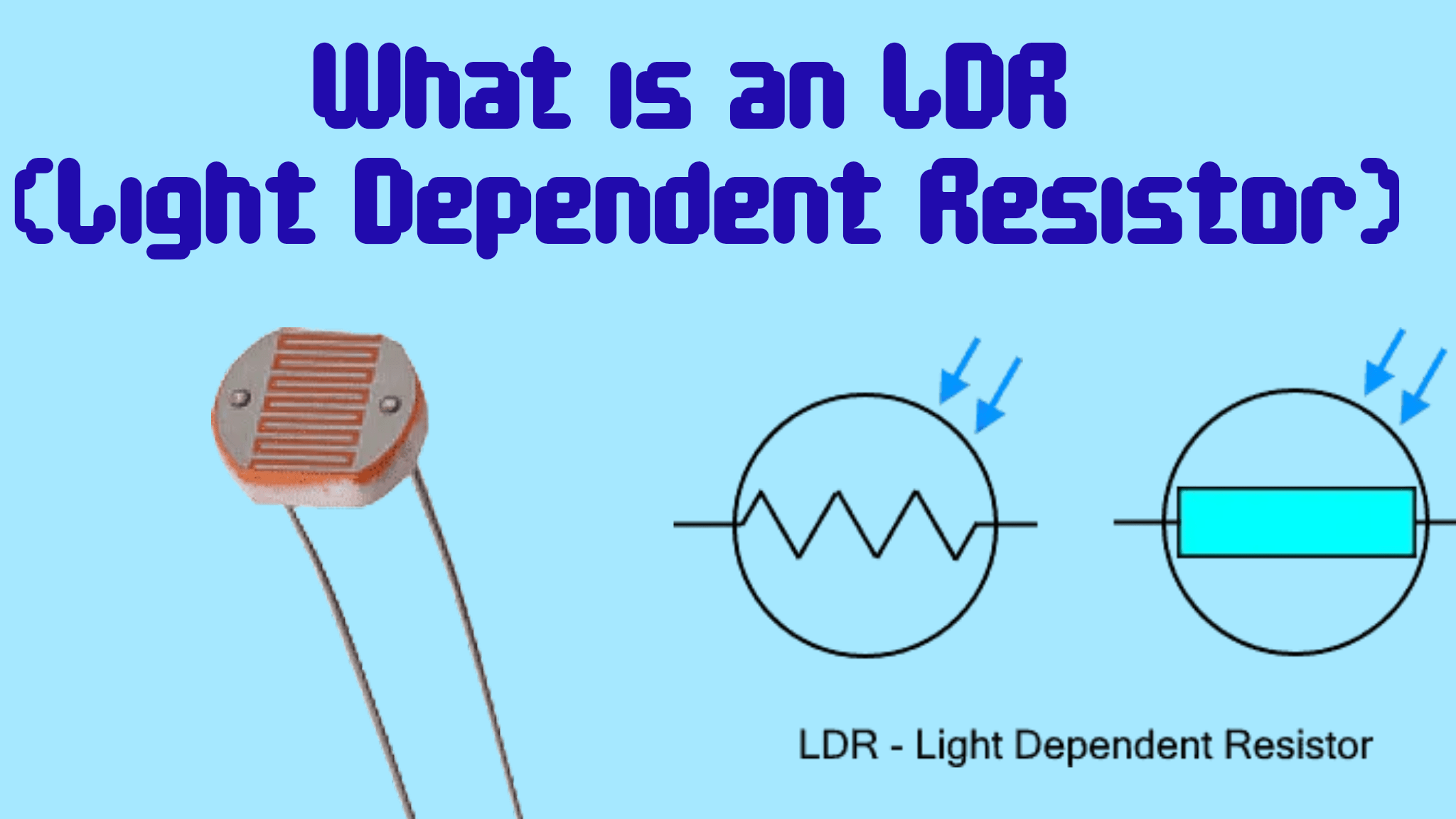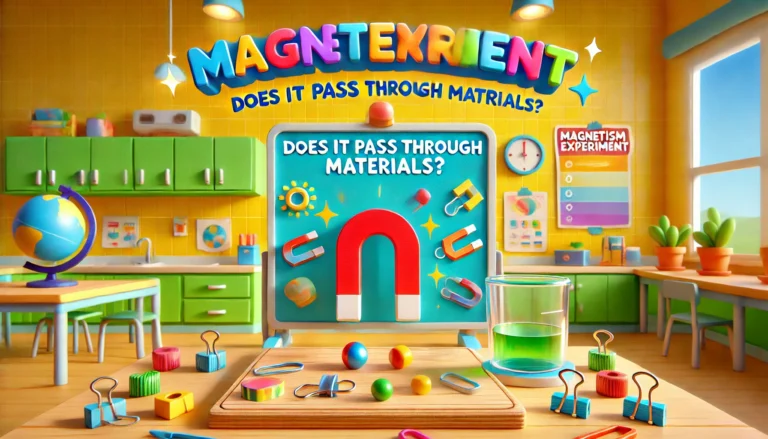What is an LDR (Light Dependent Resistor)? Easy Explanation for Kids
Hello, young scientists! 👩🔬👨🔬 Today, let’s learn about something cool called an LDR. It’s short for Light Dependent Resistor. Don’t worry—it’s not as tricky as it sounds. Let’s break it down step by step.
What is an LDR?
An LDR is a special electronic component that can “feel” light. It changes its resistance (a property that controls how much electricity flows through it) depending on how much light is shining on it.
- More Light = Less Resistance
- Less Light = More Resistance
Think of it like a magic switch that works based on light!
What Does an LDR Look Like?
It’s a small, round, flat object with two metal legs sticking out. On its top, you’ll see squiggly lines or a zig-zag pattern. These lines are made of a material that reacts to light.
How Does an LDR Work?
- Material Used:
LDRs are made from materials like cadmium sulfide or cadmium selenide, which can sense light. - Light Sensitivity:
When light falls on an LDR, the material inside absorbs the light energy, which makes it easier for electricity to flow through it. - Resistance Changes:
- In the dark, the LDR blocks the flow of electricity (high resistance).
- In bright light, it allows electricity to pass easily (low resistance).
Practical Uses of an LDR
LDRs are used in many fun and useful devices. Let’s look at some examples:
- Street Lights:
Ever noticed how streetlights turn on automatically when it gets dark? That’s because of an LDR! It senses the low light and signals the streetlight to turn on. - Automatic Night Lamps:
LDRs are used in night lamps that switch on when the room is dark. - Light Meters in Cameras:
LDRs help cameras measure how much light is available so they can take perfect pictures. - Solar Gadgets:
Solar panels and solar-powered devices sometimes use LDRs to track the sunlight and work efficiently. - Alarms and Security Systems:
Some alarm systems use LDRs to detect changes in light when someone moves in front of a light source.
Experiment You Can Try!
What You Need:
- An LDR
- A battery
- A small bulb
- Wires
- A cardboard box
Steps:
- Connect the LDR to a circuit with the battery and the bulb.
- Place this setup inside the cardboard box.
- Make a small hole in the box to let light in.
- Cover the hole and watch the bulb turn off. When you let light in, the bulb lights up again!
This shows how the LDR controls electricity flow based on light.
Why is an LDR Important?
LDRs are very useful because they help machines and gadgets “see” light. Without them, many everyday devices wouldn’t work automatically. They make our lives easier by helping gadgets react to the environment.
Fun Fact!
Did you know that LDRs are sometimes called photoresistors? That’s because they are “resistors” that work with “photos” (another word for light).
Conclusion
An LDR is like a little helper that can sense light and change how electricity flows. It’s a fantastic tool for making devices smarter and more efficient. Next time you see a streetlight or an automatic lamp, remember—it might have an LDR working inside!
Keep exploring science, and who knows, maybe you’ll invent something amazing using an LDR one day! 🌟






